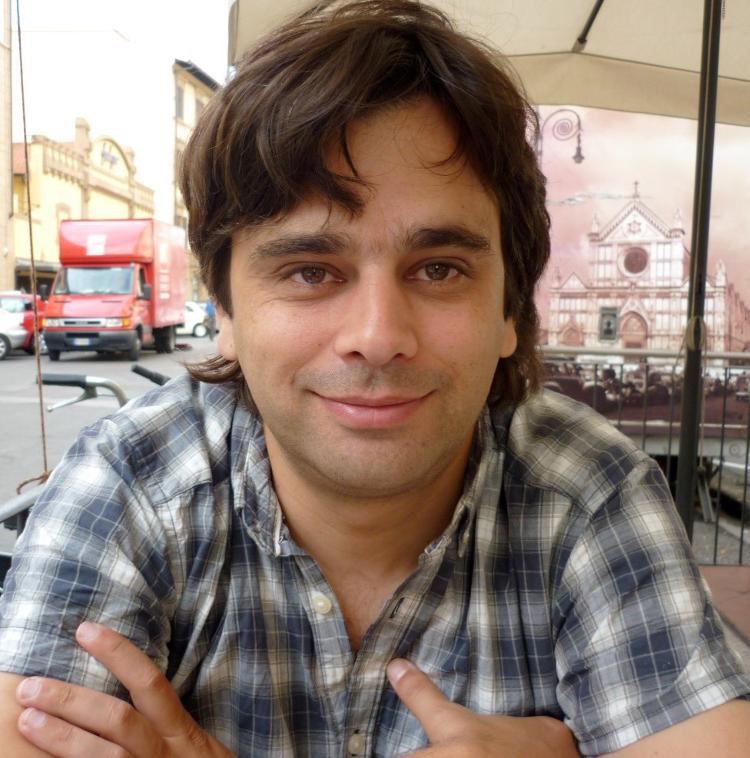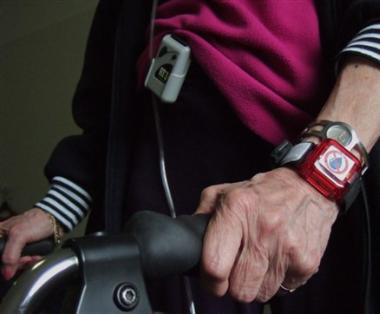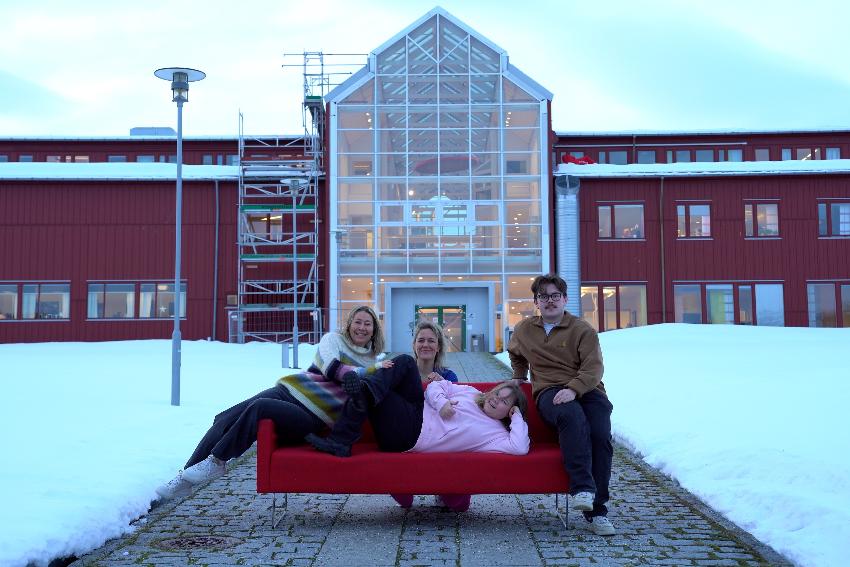Sensor for tracking chronic lung disease
 |
| Andre Dias, a specialist in informatics from Portugal, has worked on the development of a sensor intended to help people living with COPD and cystic fibrosis to prevent acute respiratory distress. Photo: Dias |
Andre Dias recently completed his doctoral thesis in a partnership between Tromsø Telemedicine Laboratory (TTL), the Department of Computer Science at the University of Tromsø (UiT) and Technische Universität München (TUM). In this process, he investigated how computer technology could help to improve the quality of life for people with chronic conditions.
Self-help with user-friendly measuring instruments
In a world in which more and more people reach advanced ages and the need for health services is growing, greater self-reliance in managing illness will provide better quality of life for the individual, prevent acute events and save resources in the public health service. Various types of measuring instruments have been used to follow up patients, but a common feature of many of these devices is that they are not designed for usability; they are impractical to take with you or to wear, and the batteries need to be replaced frequently.
Explored whether activity level could be linked with attacks of shortness of breath
In his PhD research, Dias looked at the potential for predicting episodes of acute respiratory distress and hyperventilation in patients with chronic obstructive pulmonary disease (COPD) and cystic fibrosis by tracking their daily activity levels. In the study, 250 patients were equipped with sensors that measured their physical activity for up to 14 days. In addition to research on the application, user-friendly design of the sensor has been in focus. The sensor had to be small, light and easy to attach to an elastic belt, for example around the waist or ankle.
 |
| A patient with COPD tests sensors to wear on the arm or hip. Photo: Dias |
“We saw that the collection of data and the methods we used worked. We just had too few cases of acute respiratory distress in our patient group during the trial period to find a pattern in the level of activity linked with acute events,” Dias sums up his doctoral work, speaking on the phone from his new place of work in England.
“Any future testing should include a larger number of patients.”
New technology takes up less space
Improved and more compact technology increases the potential for finding applications that can help people with chronic conditions. Apps available to the public can be used in new ways in the field of medical tracking.
“In the future, one can well imagine such sensors being integrated into existing fitness tracking wristbands like those offered by Nike and other suppliers of sports equipment,” Dias concludes.
Andre Dias is from Portugal and completed his master’s degree at the University of Coimbra in Portugal. In Tromsø, he worked at TTL from 2008 until he completed his doctorate on 25 March 2014. Alexander Horsch at the University of Tromsø and Technische Universität München and Gunnar Hartvigsen at the University of Tromsø were supervisors during his doctoral research.



